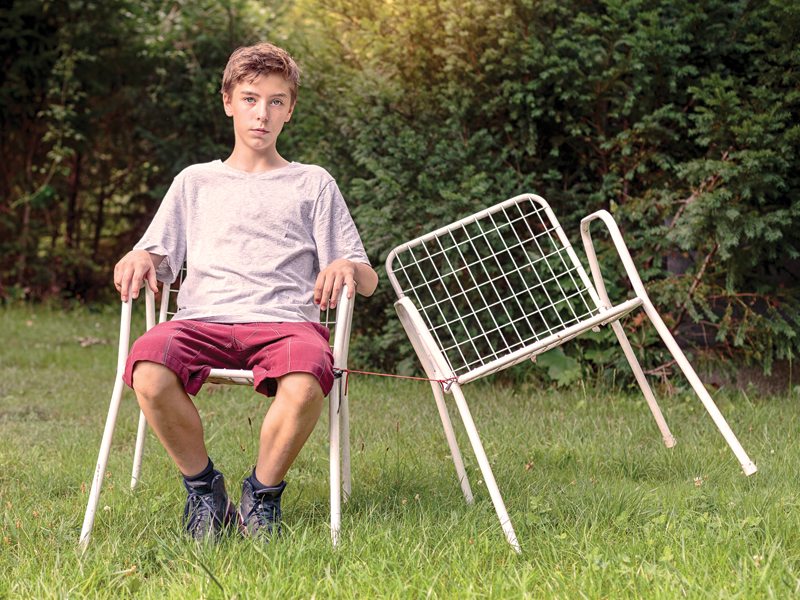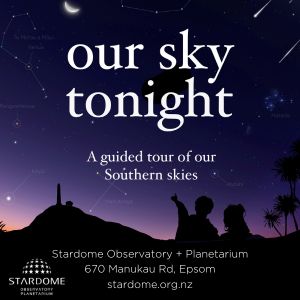Amy Jane Bedwell considers the experiences of rural queer youth in New Zealand and asks: where do current support systems and initiatives leave this invisible community?

“I grew up thinking queer people were perverts and paedophiles” says Toni Duder, Communications and Operations Manager at Rainbow Youth and creator of the I’m Local Project. She is just one of many queer New Zealanders who grew up in rural towns around our country. Having escaped to Auckland to attend boarding school when she was thirteen, Toni says that a life of secrecy or vilification within the insular rural town of Dargaville would have killed her.
“I would have killed myself” she tells me candidly, “I was so unhappy for so long. I can’t even think about what it could have been like.”
This is a reality for so many kids navigating their sexuality in rural New Zealand. Imagine what it must be like discovering that you are attracted to members of the same sex, or feel like the gender you were assigned at birth does not match the way you identify. Now complicate this already complicated process with a myriad of rural issues: a lack of support systems outside of family and religion, the hyper-masculine tractor-driving, kiwi bloke image, and small town gossip mentality, to name a few.
A 2015 report on the support systems for rainbow young people from Ara Taiohi says that “some rural Rainbow young people are living in heteronormative communities with less understanding of Rainbow needs and issues which creates more isolation and vulnerability.” Additionally, The Ministry of Youth Development’s 2015 publication ‘Supporting LGBTI Young People in New Zealand’ offers a succinct glimpse at the experience of rural queer youth in New Zealand. According to the resource “rural towns can be isolating and unsafe for LGBTI young people wanting to explore their identities.”
I think we tend to think of rural queers as a well dispersed minority, but recent studies show something quite different. According to the Youth2000 Survey Series from Auckland University, the percentage of same-sex or both sex attracted youth showed only a marginal difference between rural and urban centers. While 3.7% of the surveyed population of urban areas identified as queer, this was trumped by the 3.9% of the surveyed population of rural areas. From this statistic alone we can see that there may be more rural queer youths than we might think. What is not accounted for is the potential number of queer rural youth who have not yet accepted themselves as queer because of their rural circumstances

Considering their unique circumstances and social conditions, rural queer youth need specialized resources and
support systems to both discourage feelings of shame, and help them thrive. The unfortunate reality is that rural youth have next to no help that is easily accessible. It seems to me that community support is a luxury afforded to the urbane.
Stu Cook, a Tokoroa native who only felt free to find his true self when he left the confines of his central North Island home says “the biggest issue is support, understanding that there is support, that they don’t need to be scared and that they have their own lives to lead. I think getting over the fear to be able to look for support is the first hurdle.”
Alas, how accessible is support when you are living in a rural community, often driven by religion, with an affixed supposed identity that you have maintained with the same people from infancy? According to Toni, even seeking support online can be a difficult process in rural communities. “If you’re a kid in a rural area you are restricted, either because of poverty restriction, having one family computer, or slow internet. All lot of kids are scared their parents might see what they have been searching.”
“I got in trouble for using my phone at school” says James (a pseudonym), a sixteen-year-old student from the Far North. “I didn’t want to use my mum’s computer to look up where to get condoms in case she saw.” James comments that his community is rooted in religion, and he doesn’t believe his parents and neighbors would accept him if he were to come out openly. “There aren’t any other gay people at my church” he comments. When asked about accessing information concerning queer experiences, James says that even television shows featuring queer content aren’t allowed in his house.
Toni Duder comments that “when a young person is raised and the only support system they have is their family and their religious institution and they are queer – they aren’t going to have the support they need.” James was surprised to hear about the support systems available in Auckland.
Another roadblock for rural youth is the lack of knowledge surrounding support systems that are prevalent in urban areas. New Zealand’s only free national telephone counselling service for queer youth, OUTLineNZ Inc. released in their resource document ‘Partnerships for Change’ that telephone counselors receive phone calls “from the Far North to Southland.” However, OUTLine General Manager Trevor Easton says that “Most of our calls do come from the major centers but that is partly due to our name and service not being that well known in the rural community.” This is largely to do with gaining funding to reach out to places outside of the city hub. According to the document, of the 6308 logged calls between 1 January 2015 to 31 December 2015, 4933 calls came from within the Auckland area in which OUTLine has the most reach. This equates to 78.2% of the overall call volume. However both Trevor Easton and Toni Duder say that this is not a reflection on the true state of affairs.
“I think you have less support in a rural setting, and also different stereotypes. When living rurally there are certain expectations of boys and men, whereas I see in the city it’s seems to be a case of a numbers game. More people, more likely to find someone else who is gay in a close proximity” says Stu on the accessibility of peer, community and health support in rural communities.
Toni tells express that she knows first hand that there is a huge lack of resources available to rural kids. “I realized that growing up I had no idea what anything queer related was. I was so confused.”
 The I’m Local Project is the first of it’s kind. A not-for-profit organization facilitated by Rainbow Youth, I’m Local has worked since 2014 to research individual experiences of queer rural youth and provide specialized resources to help them. However, a lack of funding has meant that their project has ground to a halt in spite of an obvious need for them. Toni Duder reports she receives about four requests a week from rural schools, libraries, and other public facilities. The Ara Taiohi’s report in 2015 commented that “a lack of funding for regional and national skill-sharing and training and resource development was highlighted, particularly for small organisations working in isolation in rural parts of the country.”
The I’m Local Project is the first of it’s kind. A not-for-profit organization facilitated by Rainbow Youth, I’m Local has worked since 2014 to research individual experiences of queer rural youth and provide specialized resources to help them. However, a lack of funding has meant that their project has ground to a halt in spite of an obvious need for them. Toni Duder reports she receives about four requests a week from rural schools, libraries, and other public facilities. The Ara Taiohi’s report in 2015 commented that “a lack of funding for regional and national skill-sharing and training and resource development was highlighted, particularly for small organisations working in isolation in rural parts of the country.”
But the remedy is a deceptively easy one – “the need for targetted funding was identified by the Rainbow support sector, including funding small organizations or groups in rural areas.”
The unfortunate reality is that there is a severe lack of research being dedicated to the experiences of queer young people in rural areas. Very little time has been dedicated to exploring the unique experiences of queer youth in rural New Zealand, and even less funding has been devoted to providing this section of our community with the resources they need to combat rural-centric prejudices, provide education about GLBT issues and promote self acceptance. What little statistical information I could find were offshoots of larger queer studies. “We don’t even have the research to get a clear picture of what queerness in rural areas looks like” says Toni. “Right now, we are talking about an abstract idea of a person.”
It is an unfortunate cycle. A lack of research and concrete statistics means the ability to gain funding is extremely difficult, particularly in rural towns whose council budgets sometimes struggle to cover even road maintenance. It is then this lack of funding that prevents research taking place. The 2015 Ara Taiohi report states that “responding to the needs of Rainbow young people means responding to every aspect of who people are including ethnic identity, rural/urban location, disability, age, as well as sexuality and gender identity. Support services of all types do not currently take into account the complexity of people’s lives.” With no clear understanding of the situation for queer rural youth, structured and appropriate resources cannot be created. So, where does that leave this invisible community?

















